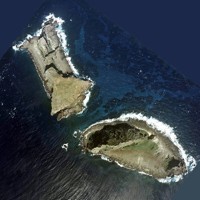Following a series of activist protests, tensions are once again rising in East Asia over the ownership of a small, uninhabited archipelago that lies between Taiwan and Japan. The specifics of this recent episode highlight the depth of nationalist sentiments held among the peoples of China, Japan and even Taiwan when it comes to matters of national territory. This is not merely a dispute over fishing grounds and potential oil and gas deposits; it is a matter of historical grievances and national pride.
On Aug. 15, the anniversary of the Japanese surrender in World War II, a group of activists from Hong Kong, Macau, and mainland China approached one of the disputed Senkaku Islands, known as Diaoyu in China and Diaoyutai in Taiwan. Five of the 14 managed to reach the shore, waving the flags of China and Taiwan; Japan promptly arrested and deported them. Taiwanese activists had planned to join the group from Hong Kong, but were unable to hire a ship. On Aug. 19, a 10-member Japanese group landed on the largest island in a counterprotest as anti-Japanese protests erupted across China.
The governments involved have responded with a flurry of diplomatic protest. Beijing issued a statement accusing "right wingers" of violating Chinese sovereignty and lodged a complaint with the Japanese Embassy. Taipei, too, summoned the de facto Japanese ambassador to complain. Tokyo, after an earlier move to replace its ambassador to China over a remark that contradicted the official stance that there is no dispute over the islands, has rejected these complaints.

